Natural Water Sanctuary Ohmi
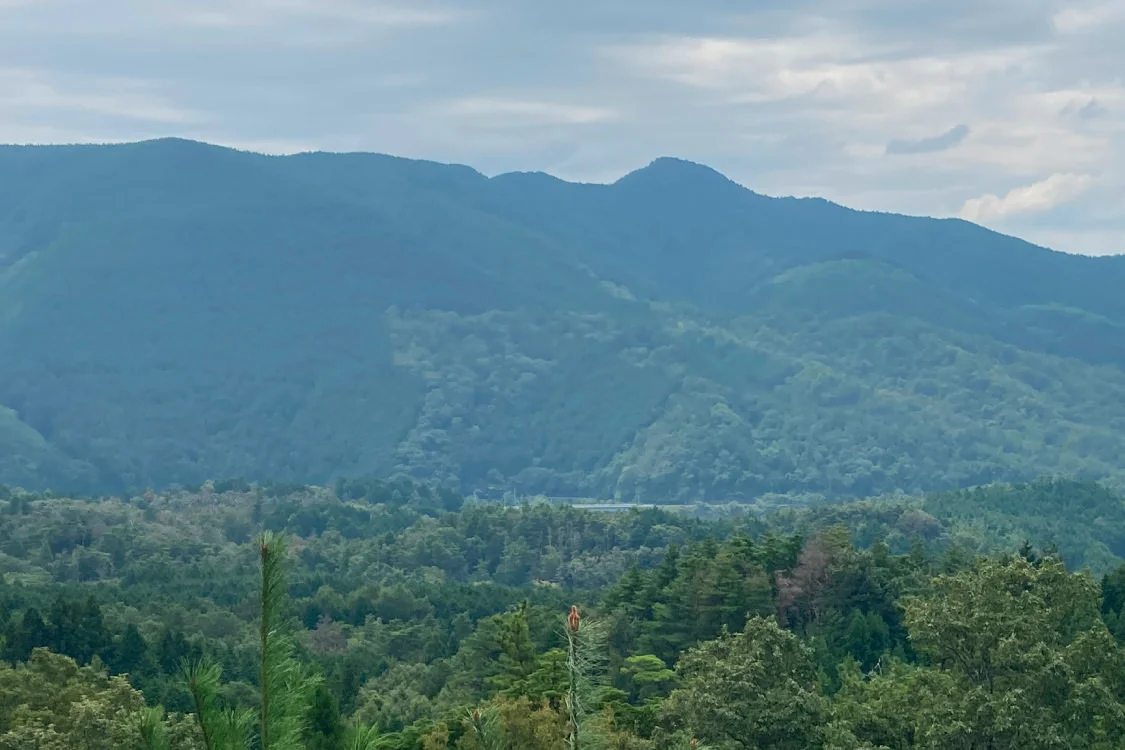
Our Natural Water Sanctuary Ohmi is located in the water-source conservation area of the Ohmi Aging Cellar of Suntory Spirits Ltd. We are working with experts from various fields to develop this Sanctuary.
This page explains the Initiatives of our Natural Water Sanctuary Ohmi.
- Agreement start date
- December 2010
- Area
- About 191 ha
- Applicable plant
- Ohmi Aging Cellar, Suntory Spirits Ltd.
Our Ultimate Goal is to Create a Biodiverse Mixed Coniferous-Broadleaf Forest
We Are Promoting the Thinning and Use of Planted Forests with a Vision for an Ideal Future 100 Years from Now
This Sanctuary has a high percentage of plantation cedar and cypress trees compared to other Natural Water Sanctuaries elsewhere in Japan. So, we have constructed a dense network of forest logging roads for maintenance (about 32 kilometers in length in a total area of approximately 191 hectares).
The first round of thinning involved soil-retention work using logs placed along slope contours to prevent soil erosion. This phase has already been completed across the entire area. We are now proceeding with the second round of thinning, which includes timber removal.
The healthy forest we envision 100 years from now is a mixed forest with towering conifers and a variety of broadleaf trees. To achieve that goal, many more rounds of thinning and timber removal will be needed.
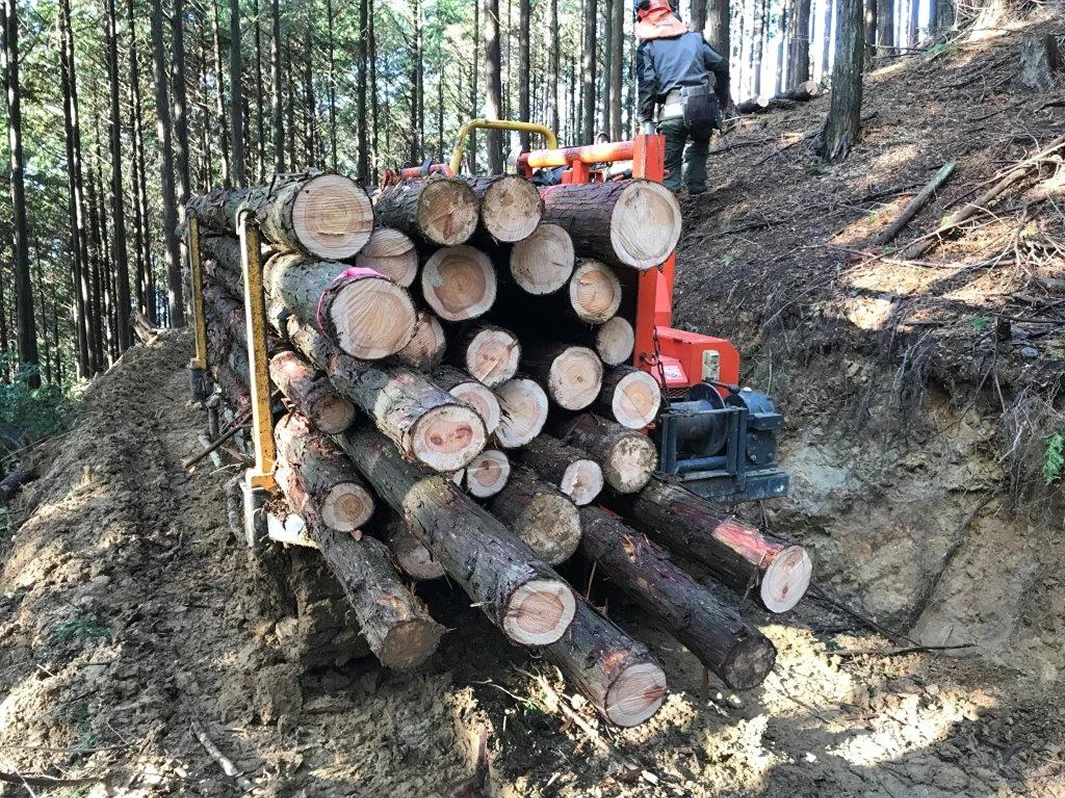
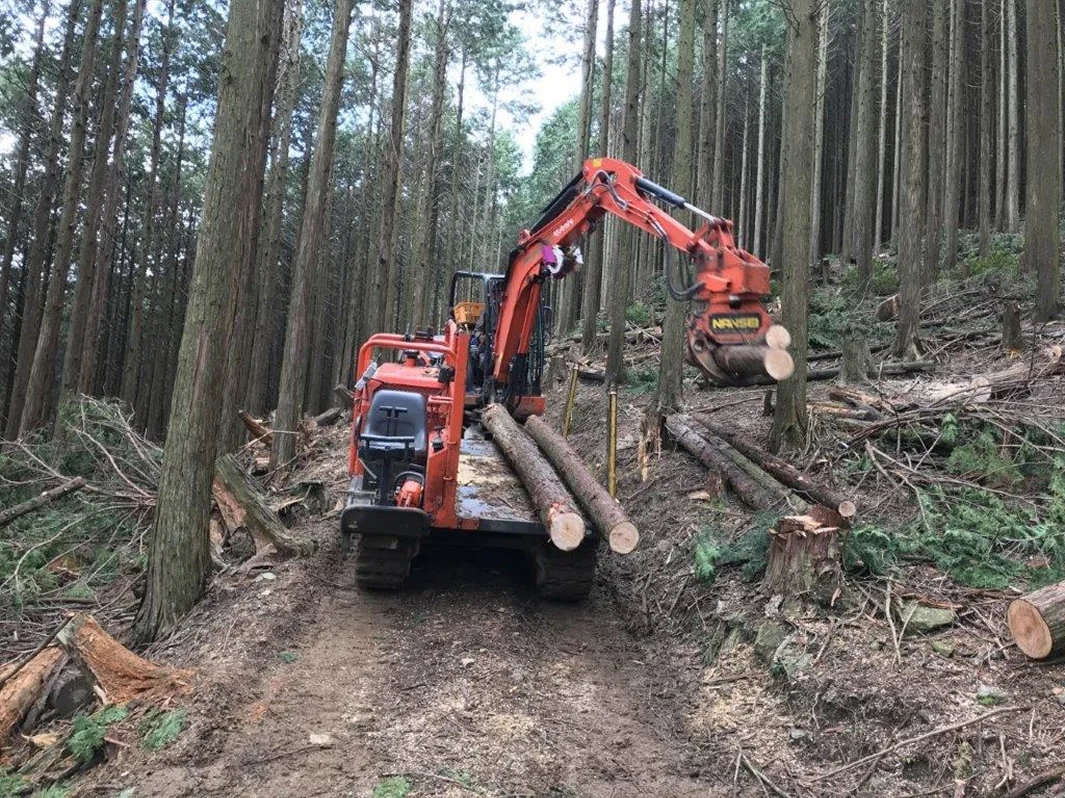
Thinned trees removed from the forest
Trees removed during thinning operations are also carefully utilized as Ikurinzai – timber from cultivated forests.
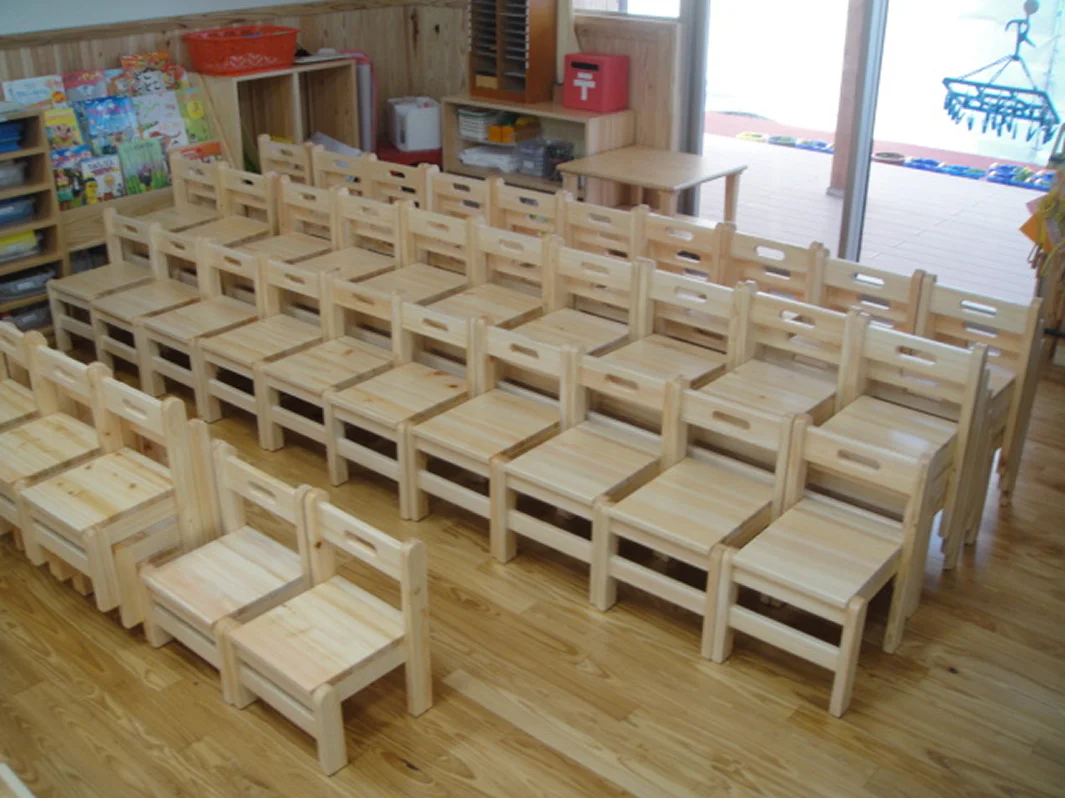
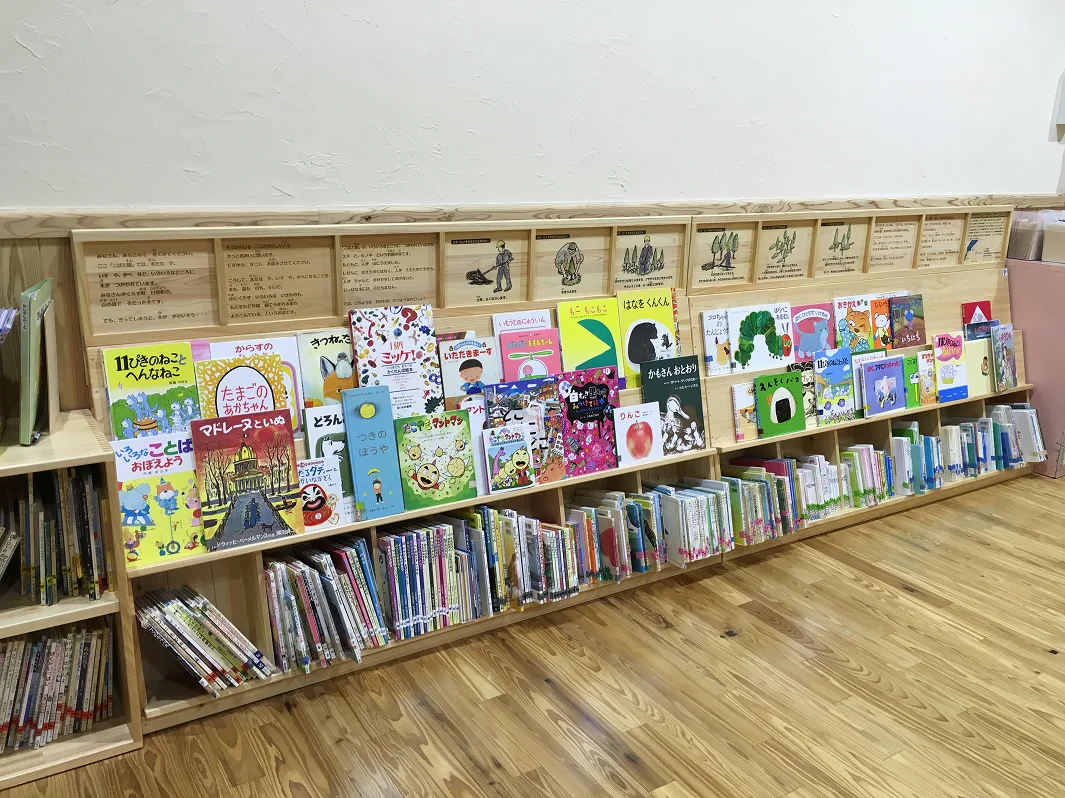
The timber has been put to practical use, for example, in crafting chairs and bookshelves for the Kobato Daycare in Hino Town.
Learn about effective use of harvested trees(Ikurinzai – timber from cultivated forests)
Experts involved in this Initiative
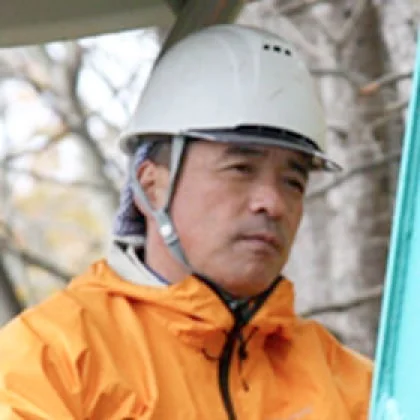
Yukio Tanabe
Representative, Morimori Sangyo
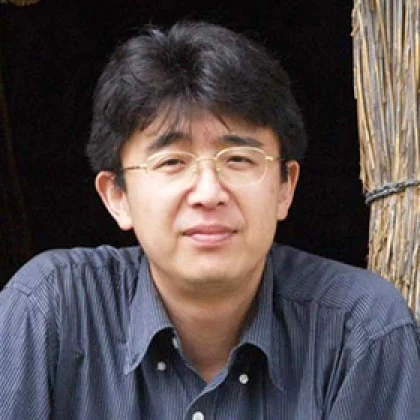
Hisashi Hasegawa
Associate Professor, Kyoto University
Deer foraging pressure remains the biggest challenge
When we began maintenance work in this forest in 2010, deer had already eaten nearly all of their preferred grasses and shrubs (known as palatable species). To protect the few remaining palatable plants, we installed vegetation protection fences and planted additional trees inside the fences where needed.
These included mitsumata plants (Oriental paperbush), Japanese andromeda, redvein maple, epaulette tree, punctata fern, and ribbon fern—plants that normally aren’t eaten by deer. However, in this forest, the redvein maple is routinely eaten, and even the ribbon fern, while not killed, is being nibbled on.
Local hunting associations have been helping with deer control efforts, but the problem is far from solved. That said, with the forest floor receiving more sunlight after thinning, unpalatable plants are now spreading, and for now, soil erosion is under control.
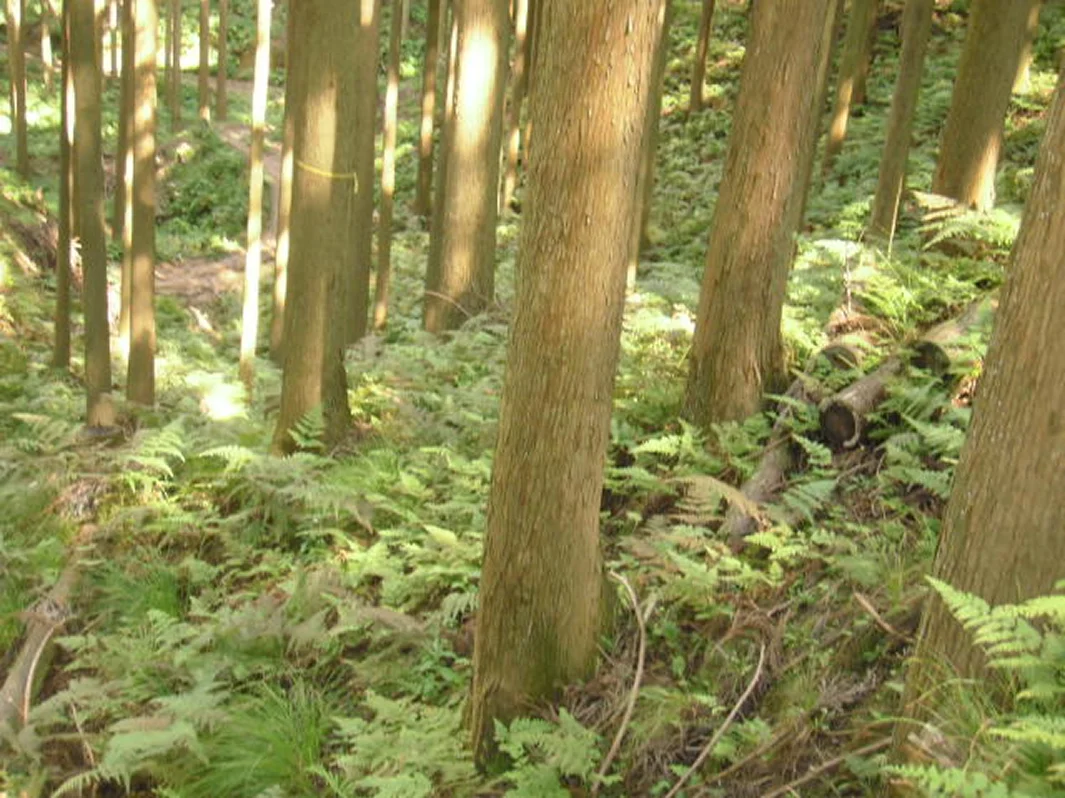
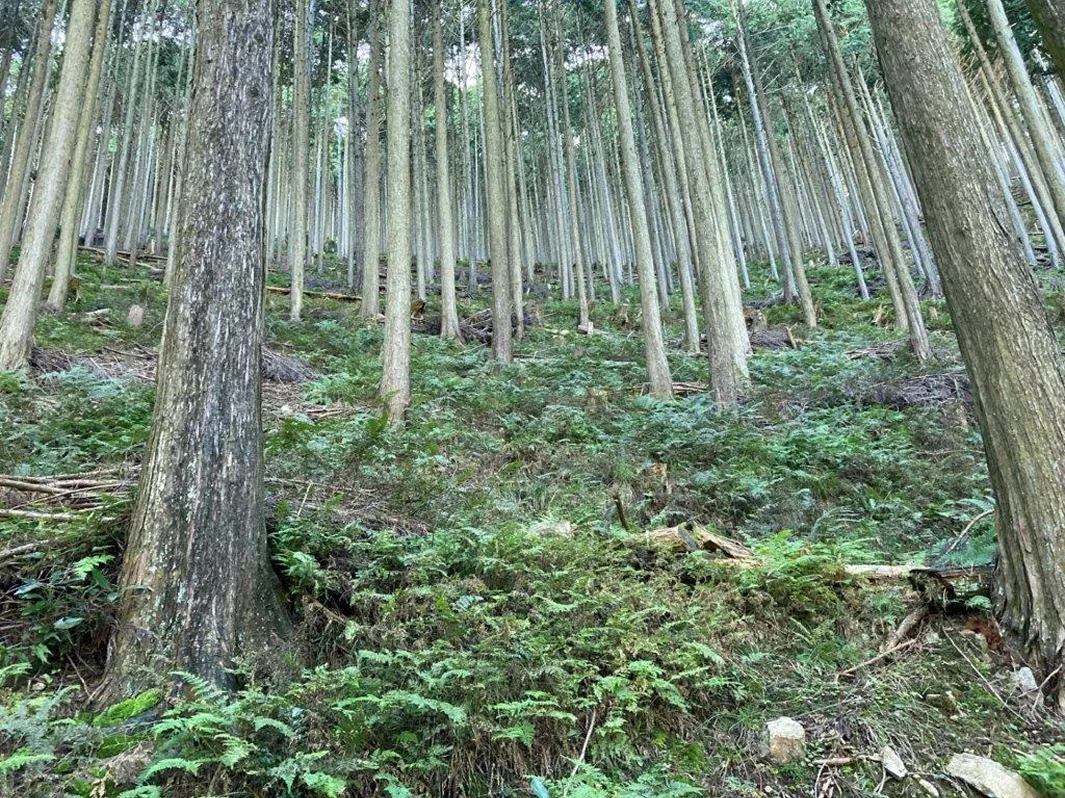
In the cedar forest (left) and cypress forest (right), the ground is now covered with unpalatable plants
To move closer to our vision of a healthy forest, we need broadleaf trees to start growing up between the unpalatable plants. We will continue working toward that goal together with the local community, striving to make it a reality as soon as possible.
Experts involved in this Initiative
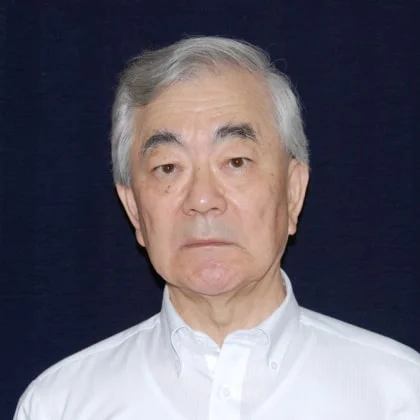
Tamotsu Hattori
Emeritus Professor, University of Hyogo

Institute of Rural and Urban Ecology Co., Ltd.
Sanctuary Details
- Location
- Zao / Otowa, Hino Town, Gamo District, Shiga Prefecture
- Area
- About 191 ha
- Agreement date
- December 2010
- Agreement period
- 30 years
The “Lake Biwa Forest Creation Partnership Agreement” was signed with Shiga Prefecture, Hino Town (Gamo District, Shiga Prefecture), and the Watamuki Forestry Cooperative (Hino Town, Gamo District, Shiga Prefecture).
Our Natural Water Sanctuary Ohmi was certified in 2023 as an Other Effective area-based Conservation Measures (OECM)*.
*These are areas recognized by Japan’s Ministry of the Environment as regions where biodiversity conservation is being effectively promoted through private sector efforts.


 Home
Home Initiative Policy and Structure
Initiative Policy and Structure Living Things in the Natural Water Sanctuaries
Living Things in the Natural Water Sanctuaries Dedication to Water
Dedication to Water Natural Water Sanctuaries
Natural Water Sanctuaries  Natural Water
Natural Water  Initiative History
Initiative History